As the new year gets underway and commitment to resolutions fades with every missed gym date, there’s one goal you should make a point to stick to: growing your business. Let us help you stay ahead of the curve with our predictions for the top digital marketing trends in 2016. Don’t just keep an eye on what’s hot – find ways to use trending technologies, tools, and topics to your advantage.
Video Storytelling
Video continues to dominate this year as it takes over every digital touchpoint: social networks, product pages, review sites, mobile ads – the possibilities are endless. Video can be used to deliver updates, tell stories, showcase functionality, and more. Online video now accounts for 50% of mobile traffic and 78% of people watch videos online every week. Buzzfeed surprised marketers last year with the popularity of its long form video content, dispelling the myth that online audience’s attention spans are impossible to keep.
Buzzfeed’s mouthwatering recipe video hub, Tasty, cooks up the top engagement for videos on Facebook. One of their most recent recipe videos has already hit over 48 million views with engagement in the hundreds of thousands.

Virtual Reality
No longer a distant sci-fi legend, virtual reality creates an immersive user experience that goes beyond the screen. Digital media is growing less personal as our interactions become more frequent and our feeds more crowded. If you can bring a user into your world and engage their senses, you have a better chance of keeping them there. There’s a number of big players entering the space: Facebook-owned Oculus Rift will make a Q1 debut while Google Cardboard and apps like Convrge are finding their footing. The ability to see and experience places and events beyond your screen adds a touch that’s as close to in-person as you can get.
Facebook introduced VR-inspired, 360-degree video ads in November, teasing what Oculus Rift might mean for advertisers. AT&T was one of the first brands to test out this new capability with a behind-the-scenes look at a professional race car driver taking to the track.

Convrge is a developing social world that allows users to meet in virtual locations.

One to One Engagement
Brand responsiveness is more important than ever. Social media isn’t simply a platform to amplify your message – it’s a place to listen to your customers and provide value. Facebook debuted a responsiveness tool last year which grades how quickly and how often your page responds to messages. Pages that maintain a response rate of 90% and an average response time of 5 minutes or less over the last seven days earn a “Very Responsive to Messages” badge. In an age where customer service is as important as product quality, this could be the difference between a loyal customer and bad review, especially if your competitors are already on top of it.
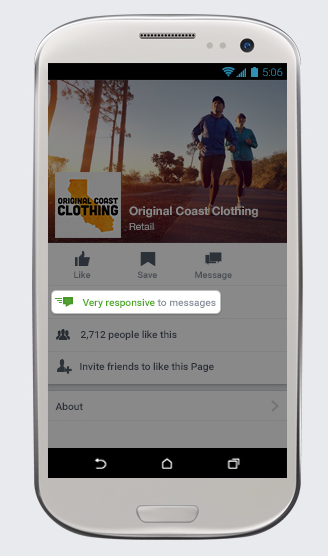
Messaging
The popularity of messaging platforms like Kik, SnapChat, and newcomer Peach will grow in 2016 as brands work to humanize themselves. Many sites and apps are also integrating messaging into their current properties. Messaging allows users to cultivate a more personal relationship through questions, exclusive content, and real-time interaction.
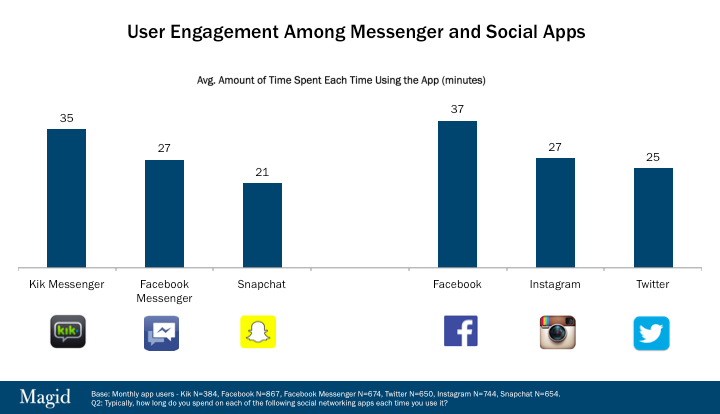
HBO’s hit series Girls teases the upcoming season and behind-the-scenes exclusives on SnapChat.

Burger King took to Kik to promote the return of fan-favorite Chicken Fries.
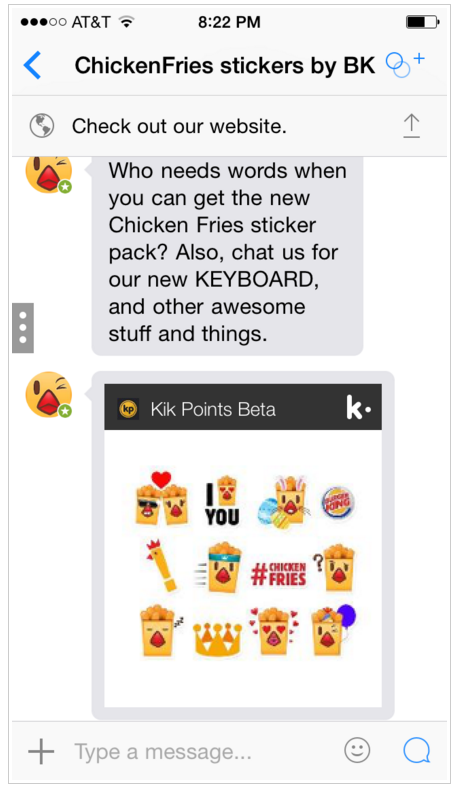
Social eCommerce
2016 is the year of instant gratification. Driven by Pinterest, grown by apps like Wanelo, and improved by the introduction of “Buy Now” capabilities for Twitter and Facebook, social eCommerce streamlines how potential customers research products and make purchasing decisions right within their networks.
Twitter has partnered with a number of eCommerce platforms to make it easier for retailers of any size to sell products or services directly with a Tweet.
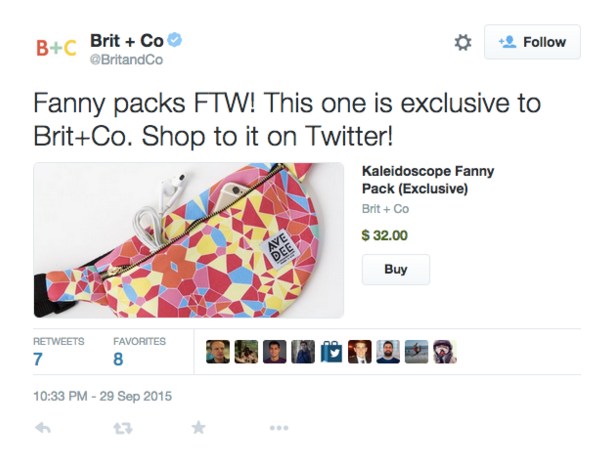
Facebook teamed up with Shopify to offer Shopify merchants the ability to integrate a “Shop Now” online store directly into their Facebook page. Facebook groups also saw the addition of Sale Posts, allowing users to list items and services for sale.
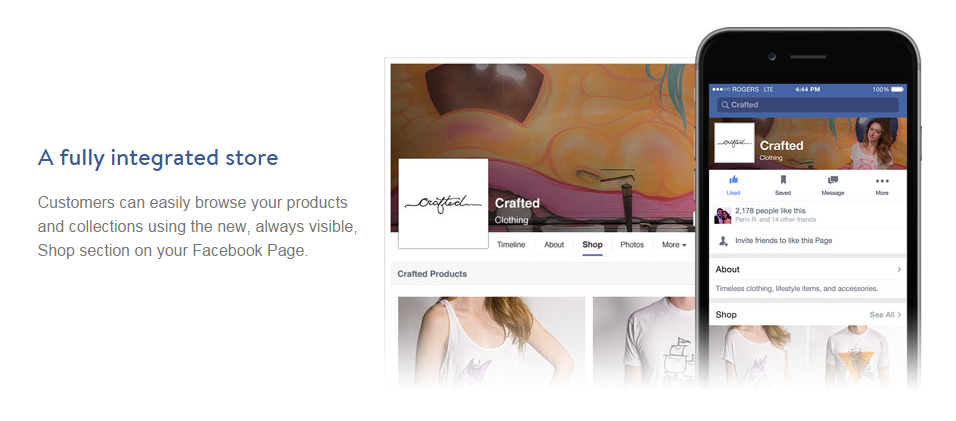
mCommerce
In 2015, marketers learned the importance of mobile; not as a fleeting trend or an afterthought to the web, but as its own entity with its own unique strengths. 2016 will solidify the fact that mobile first isn’t simply a trend – it’s a movement in how we access information, make decisions, and interact. Alongside the growth of social eCommerce, mobile commerce or mCommerce grows at a tremendously rapid rate and is forecasted to reach up to 33% of the eCommerce market in the US and 40% in the global market according to State of Mobile Commerce reports released by Criteo.
Amazon’s mobile app has a seamless purchase process with its famed “1-Click®” button integration.

Native eCommerce websites like Etsy have become major players in mobile with well-designed, easy-to-use apps that make the shopping experience accessible on the go.
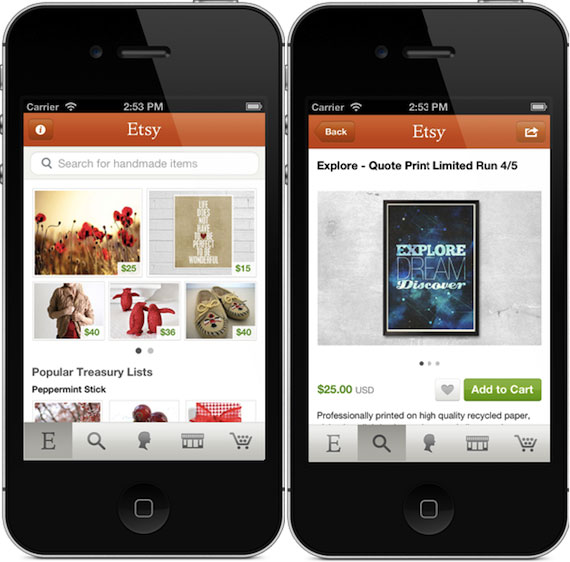
Quality Vs. Quantity
2015 was overrun with content, and it wasn’t always up to snuff. In 2016 we’ll see a shift toward well-crafted, thought-out content that serves a purpose beyond filling a page. Keeping content updated and fresh is key for SEO, but Google now looks at what you’re saying, not just how often you’re saying it. Publishing is important, but publishing content your audience needs and wants to hear is integral.

Ready to put the latest trends to work for your business? Find out how Hudson can help.